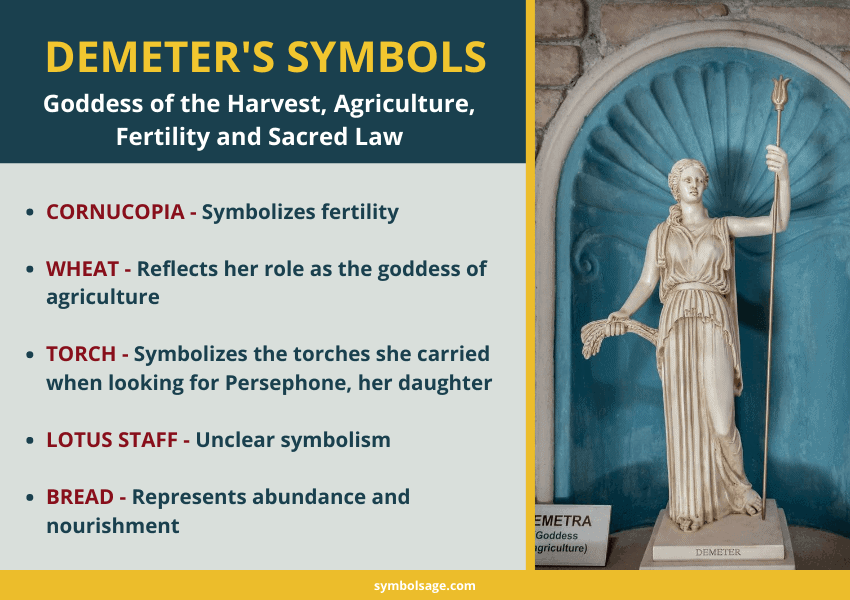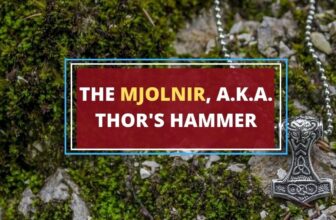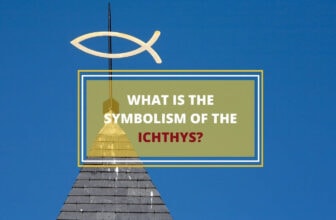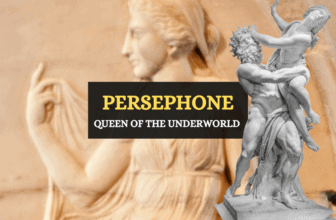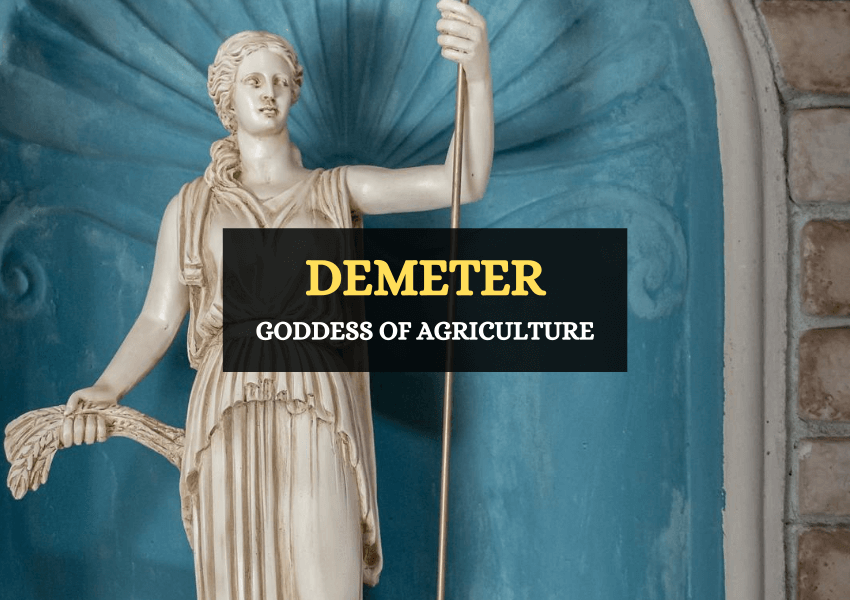
Table of Contents
Demeter was one of the twelve Olympian gods that lived on Mount Olympus. Goddess of the harvest and agriculture, Demeter (Roman counterpart Ceres) reigns over grain and the fertility of the entire earth, making her an important figure for peasants and farmers.
In addition to being the goddess of the harvest, she also presided over sacred law as well as the cycle of life and death that nature goes through. She was sometimes called Sito, meaning “She of the Grain” or Thesmophoros, meaning “Law-Bringer”.
Demeter, as a mother figure, was powerful, important and compassionate. Her actions had far-reaching consequences for earth.
Who Is Demeter?
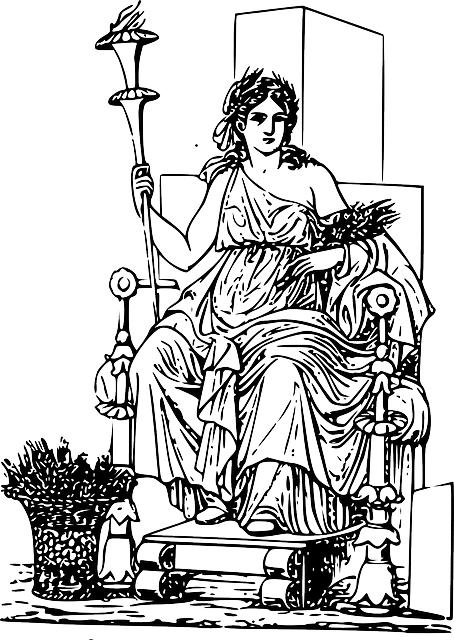
Demeter’s father was Cronus, the Titan of time and the ages, and her mother was Rhea, the Titan of female fertility, motherhood and regeneration. She is one of the 12 Olympian gods that lived on Mount Olympus, considered the most important of the Ancient Greek gods. Her siblings included the Olympian gods, Hestia, Hera, Hades, Poseidon and Zeus.
Demeter’s consorts included Zeus, Oceanus, Karmanor and Triptolemus but unlike most other gods, her love affairs weren’t very significant in her myths. She also had many children, but the most important of these were Persephone. Some of her other children include Despoina, Arion, Plutus, and Philomelus.
In art, Demeter is frequently associated with the harvest. This includes flowers, fruit, as well as grain. Sometimes she is depicted with her daughter, Persephone. Contrary to many other Greek gods and goddesses, however, she is not usually depicted with any of her lovers.
Demeter‘s Main Myth
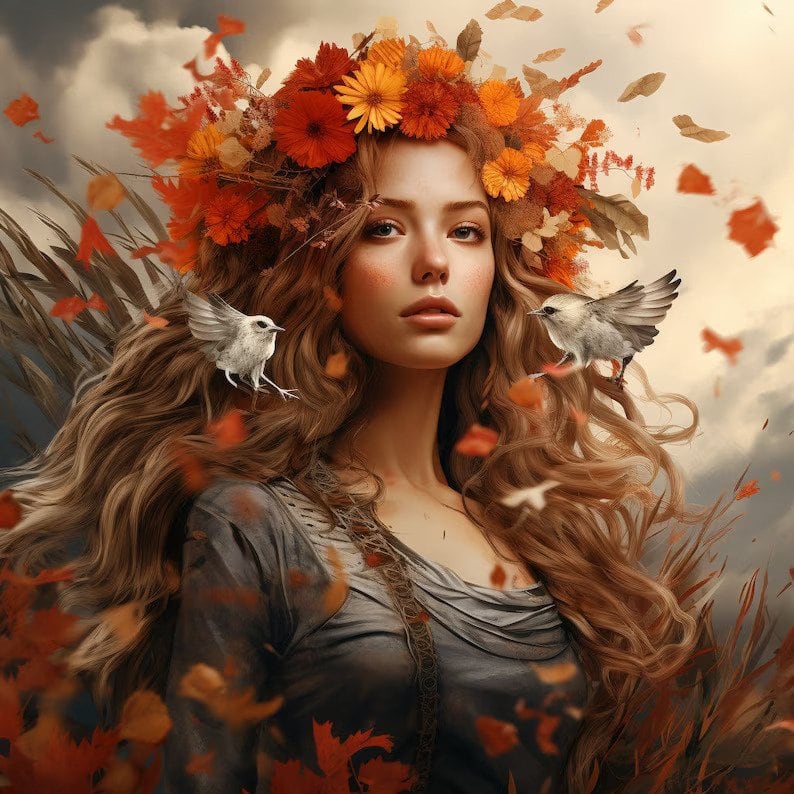
One of the best-known myths involving Demeter is about the loss and reunion with her daughter, Persephone. There are several versions of the myth by Homer, Ovid, Hesiod, and Apollodorus. While variations exist, the theme of the text remains the same.
According to the myth, Persephone was abducted by Hades and forcibly taken to the Underworld to be his bride. Demeter searched the earth looking for her daughter and when she could not find her, she fell into despair. Her grief caused her to neglect her duties as a nature goddess and as a result, the seasons ground to a halt and all living things began to shrivel and die.
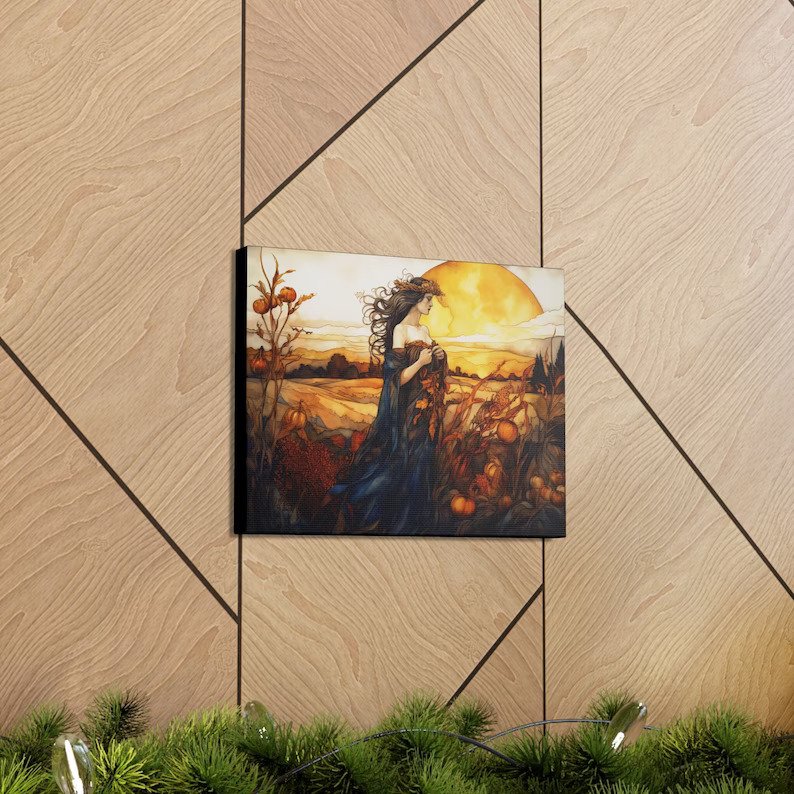
Eventually, Zeus sent his messenger Hermes into the Underworld to bring Demeter’s daughter back, in order to save the world. But it was too late as Persephone had already eaten the food of the Underworld which forbade her from leaving.
In the end, Persephone was allowed to leave the Underworld for part of each year, but she would have to return to him in the Underworld. Demeter was overjoyed that her daughter had returned, but every time Persephone left, she would mourn.
Symbolism of the Abduction Myth
The abduction myth is an allegory for the changing seasons and a way to explain the growth and fallow cycle of crops. It was believed that when the old crops were laid in the fields at the beginning of autumn, Persephone ascended to reunite with her mother.
During this time, the old crop met the new and Persephone’s ascent brought with it the green sprouts of new growth. But when it was time for Persephone to return to the Underworld, the world entered a wintry state, crops ceased to grow and all the world awaited her return, just like Demeter.
Symbols of Demeter

Demeter was often worshipped more generally as an earth goddess, and so, she was associated with the natural world and agricultural symbols. Her symbols included the following:
- Cornucopia: Demeter is often depicted with wheat or barley, as she was the goddess who taught humanity how to cultivate grain and is associated with the harvest. The cornucopia, or “horn of plenty,” which spills forth an abundance of grains and fruits, is also associated with her, symbolizing the agricultural prosperity she can bring.
- Wheat: Demeter is often portrayed holding a sheaf of wheat. This reflects her role as the goddess of Agriculture, and highlights her ties to the cycle of crops and the natural environment.
- Torch: The torch is another of Demeter’s symbols, representing her relentless search for her daughter Persephone, who was abducted by Hades. The torch can symbolize enlightenment and the search for knowledge and truth. It also strengthens her association as mother, protector, and nourisher.
- Bread: Since ancient times, bread has symbolized food and nourishment. As one of Demeter’s symbols, bread signifies that she provides abundance and food.
- Lotus Staff: Sometimes Demeter is shown carrying a lotus staff, but what this means exactly is unclear.
- Swine: The pig is associated with Demeter, as shown in the Eleusinian mysteries, an ancient religious rite performed in her honor. The pig can symbolize fertility and abundance. Pigs were often chosen as sacrifices for Demeter to ensure that the earth remained fertile.
- Serpent: The serpent was the most sacred creature for Demeter, as it represented rebirth, regeneration, fertility and healing. Demeter’s chariot was drawn by a pair of winged serpents. It also symbolizes regeneration and the cyclical nature of life, which aligns with the cycle of seasons and the growth of crops.
Demeter’s Characteristics

Demeter is depicted as a calm, kind and compassionate mother figure, but she could also be fierce when necessary. The story of King Erysichthon is a perfect example. The king of Thessaly, Erysichthon, had ordered all of the trees in a grove sacred to Demeter to be chopped down. One of the trees was specially decorated with wreaths for Demeter, which the king’s men refused to cut down. In anger, Erysichton cut it down himself, slaying a dryad nymph in the process.
Of course, Demeter wouldn’t let such a slight pass unpunished. She moved swiftly to punish Erysichthon and called upon Limos, the spirit of insatiable hunger, to enter the king’s stomach so that no matter how much he ate he would always starve. Erysichton sold all of his belongings to buy food but was still hungry. Eventually, he consumed himself and perished.
Here are the traits commonly associated with her:
- Maternal: One of Demeter’s most significant characteristics is her role as a mother. Her love for her daughter Persephone is a central theme in her mythology. This love is seen when Persephone is abducted by Hades, causing Demeter to grieve and resulting in the barrenness of the earth.
- Nurturing: Demeter is considered to be nurturing and kind-hearted, primarily because she is the goddess of the harvest, responsible for ensuring the earth’s fertility and the growth of crops.
- Persistent: She is known for her determination and persistence, especially in the search for her daughter, Persephone. She roamed the earth with torches, determined to find her missing child, and she didn’t rest until Persephone was returned.
- Guardian of Marriage: Demeter was also considered a protector of marriage, being invoked as a divine witness to the sacred laws of matrimony.
- Fierce: She can also be fierce and assertive, particularly when her loved ones are threatened or harmed. This is seen in her response to Persephone’s abduction and in her willingness to bring about a global famine to get her daughter back.
- Generous: She is often seen as generous due to her role as the giver of food and grain. In her myth, she even gifted humanity with the knowledge of agriculture.
- Patient: As a deity connected to the cycles of the year and the growth of crops, Demeter embodies the qualities of patience and understanding of nature’s rhythms.
Demeter as a Goddess
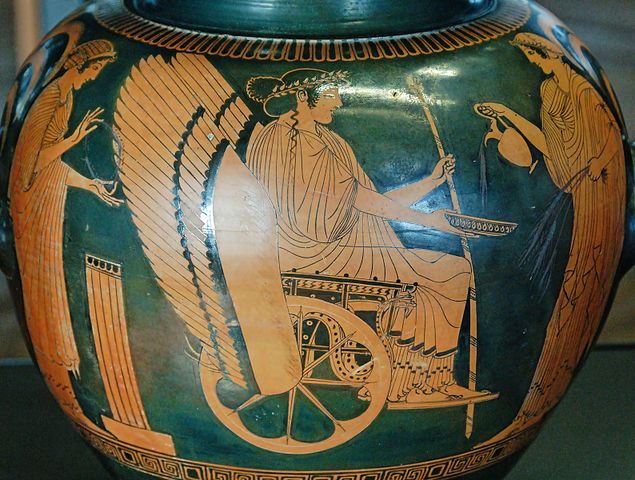
The concepts embodied by the goddess Demeter existed in many other cultures. This is especially true when viewed as a general archetype representing agriculture paired with various motherly features.
- Demeter in Roman Mythology
Ceres was a goddess of agriculture, fertility, maternal relationships, and grain. She was the Roman counterpart to the Greek Demeter. While both goddesses share an association with agriculture and fertility, Ceres’ focus on maternal relationships marks her as distinct from Demeter, who was the goddess of the more general sacred law.
- Demeter as the Mother Goddess
Demeter may embody some aspects of a Mother Goddess that precede Greek mythology and culture. The concepts that Demeter represents, such as life and death and the relationship between humans and food sown from the earth, exist in many different forms and it is logical to assume that Demeter may be either a combination or co-opting of other, similar pre-Hellenic gods.
- Worship of Demeter in Ancient Greece
A festival that took place from the eleventh to the thirteenth of October, called Thesmophoria, is dedicated to her. Only women were allowed to attend and honor Demeter and her daughter Persephone. Held annually, it celebrated human and agricultural fertility. It was considered to be one of the most popular and widely celebrated festivals by ancient Greek people. The rites conducted during the festival were administered entirely by women and kept completely secret.
Demeter In Modern Times
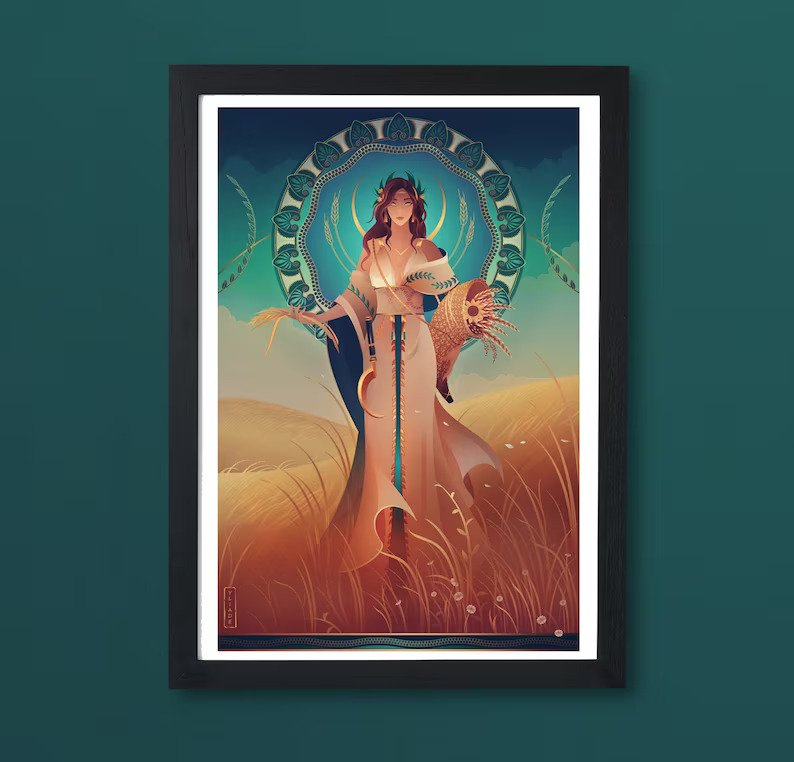
Today, the term “mother earth” and its associated qualities are thought to have originated from Demeter. Her visage is depicted on the great seal of North Carolina in the United States. In the seal, Persephone and Demeter hold a sheaf of wheat and sit on a cornucopia. Additionally, Demeter’s counterpoint, Ceres, has a dwarf planet named for her.
Demeter is also worshipped by many Neo-pagans. Hellenismos followers believe in the ancient Greek gods and adhere to rituals and practices derived from ancient sources. This can include rites of passage, seasonal festivals, and offerings or sacrifices. Demeter, as the goddess of agriculture, grain, and the harvest, is often honored for her gifts of sustenance and the fertility of the earth.
Demeter Facts
Demeter has been assigned the zodiac constellation Virgo, the Virgin by Marcus Manilius’ first century work Astronomicon. In an artist’s reimagining of the constellation, Virgo holds a sheaf of wheat in her hand and sits beside the lion Leo.
Demeter was considered to have been the one to give the gift of agriculture to humans, particularly cereals.
Athenians called the dead “Demetrioi”, a term that is thought to be a link between Demeter and her association with death and life. That just as a seed buried in the ground creates a plant, it was thought that so to, would a dead body beget new life.
Demeter taught the prince Triptolemus the secrets of agriculture, how to plant, grow, and finally harvest grain. Triptolemus then went on to teach any person who desired the knowledge.
Wrapping Up
Demeter represents abundance, nourishment, fertility, the seasons, hard times and good times, and both life and death. Just as they are concepts forever intertwined, they are represented by one goddess to highlight the dependence both concepts have on each other.
She is the mother goddess that cares for the people of the earth by creating the food that keeps them alive. This association has influenced modern culture, and even today, we see vestiges of Demeter in other mother goddesses and in the mother earth concept.
Related articles
Demeter: Greek Goddess of Harvest and Her Relevance Today
Persephone: Greek Goddess of Spring and the Underworld
Aphrodite – Greek Goddess of Love, lust, and Beauty
Hades: God of the Dead and King of the Underworld
The Power of Poseidon: Greek God of the Sea
Ceres: The Roman Goddess of Fertility and Agriculture
Hestia – The Greek Goddess of the Hearth
